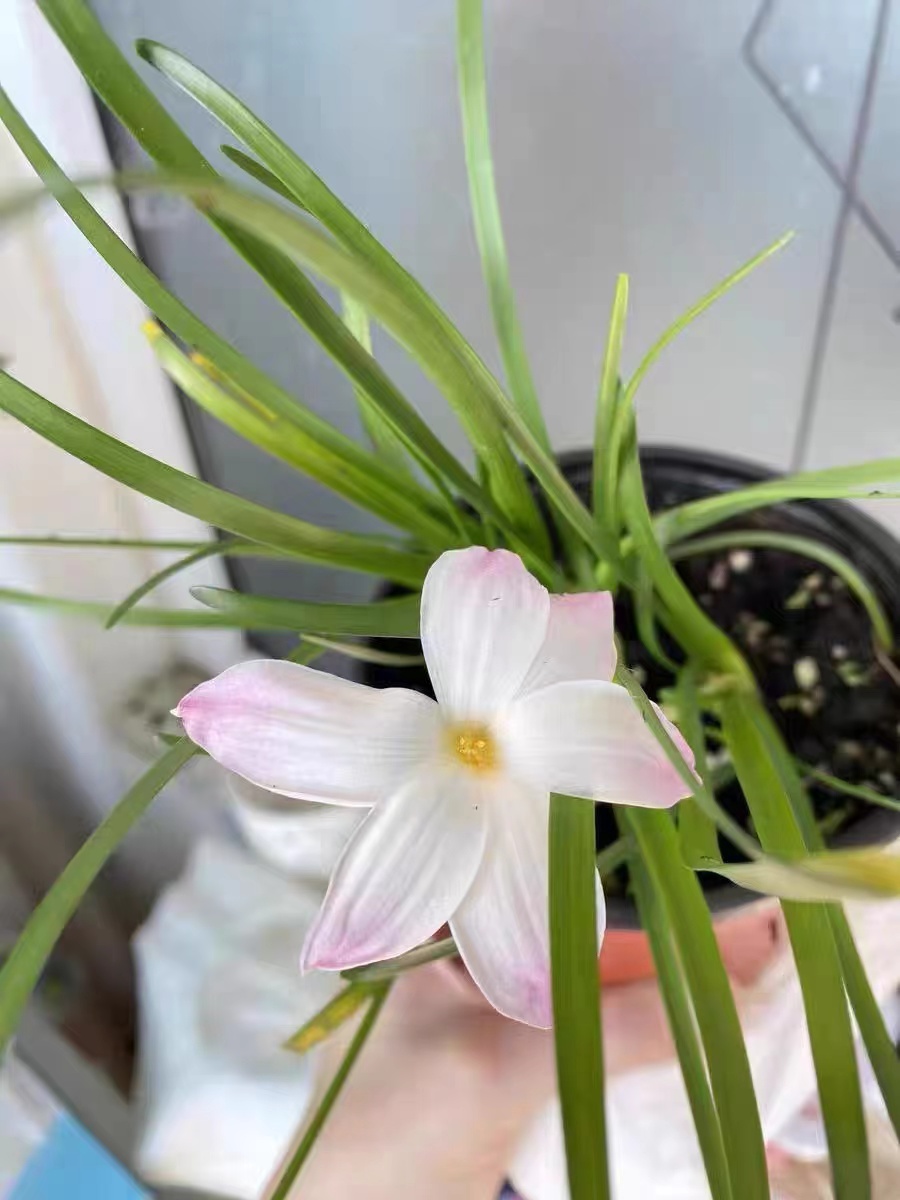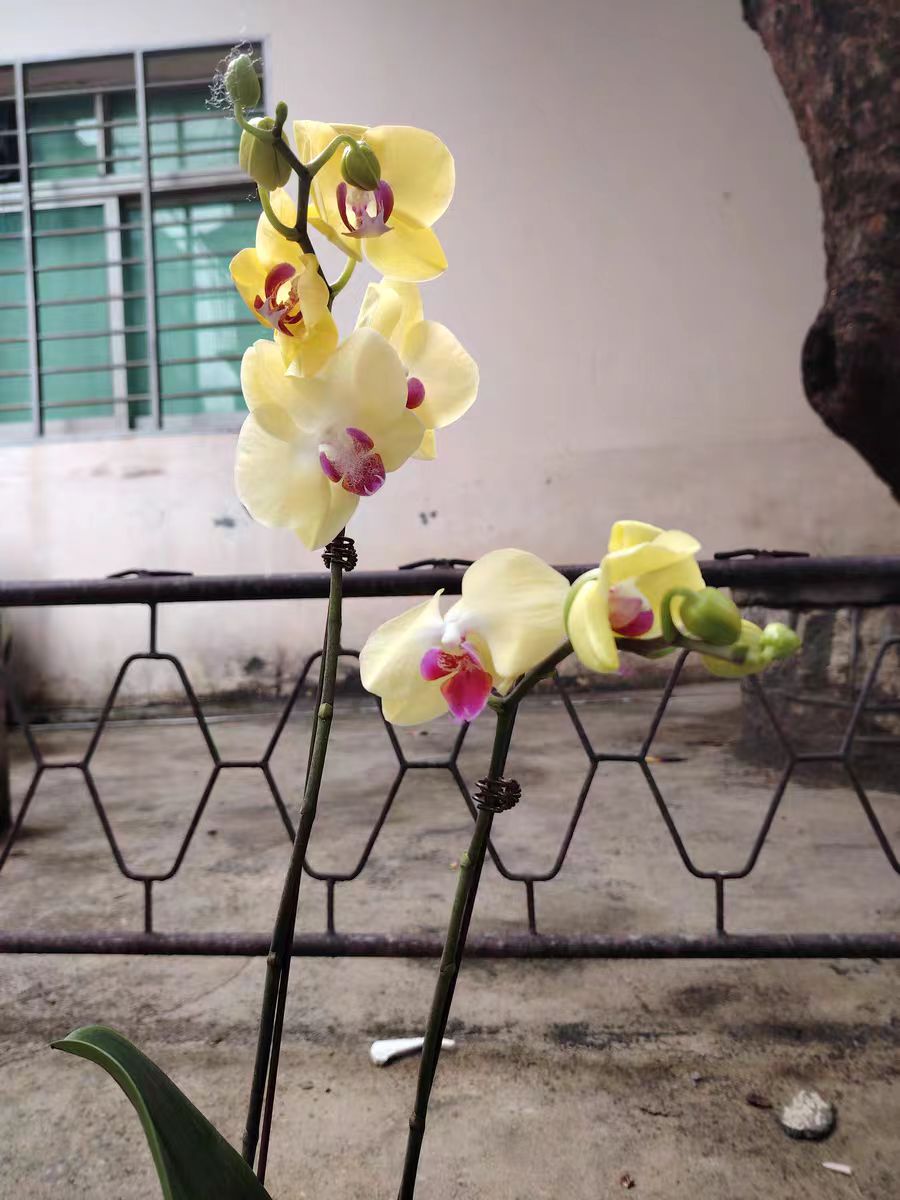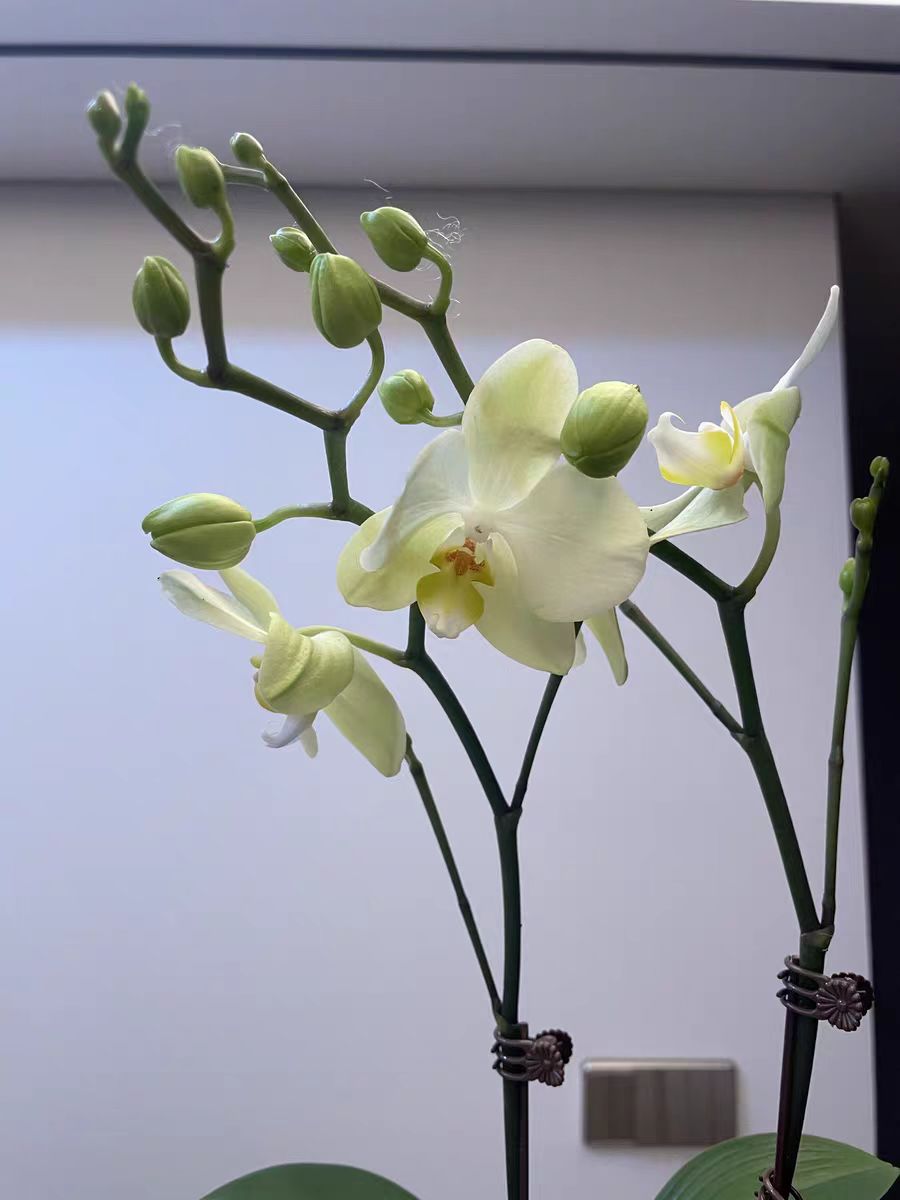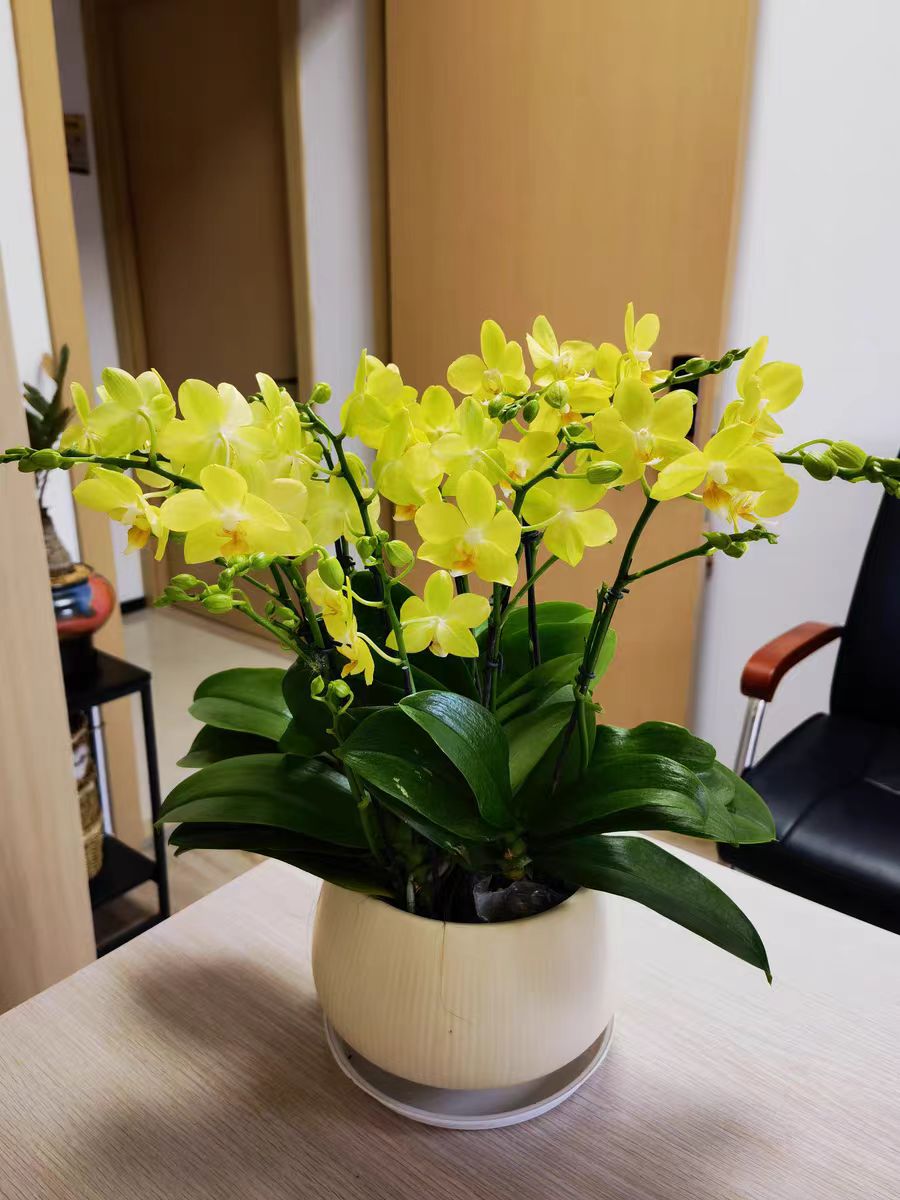Zephyranthes, a flower with strong vitality. The number of times it blooms in a year is not fixed but is affected by many factors such as planting environment, climatic conditions, and maintenance methods. Generally speaking, Zephyranthes can bloom from 1 to 4 times a year. The specific number of blooms still depends on the actual situation.
In a warm, humid, well-lit, fertile, and well-ventilated environment, the growth of Zephyranthes will be particularly vigorous. Under such conditions, Zephyranthes can bloom many times a year, even up to four times. Its flowering period usually starts from spring and lasts until autumn. Each blooming can bring endless surprises to viewers. If the planting environment is harsh, such as poor soil, insufficient light, too much or too little water, etc., the growth of Zephyranthes will be seriously affected, which may lead to a reduction in the number of blooms or even no blooming.
Planting methods of Zephyranthes
Zephyranthes does not have high requirements for soil, but loose, breathable, and fertile soil is more conducive to its growth and blooming. It is recommended to use nutrient soil or peat soil mixed with perlite in a ratio of 3:1. Such soil is both breathable and water-retaining, which is beneficial to the development of the root system of Zephyranthes.
Bulb planting of Zephyranthes is suitable for planting in spring or autumn. The climatic conditions in these two seasons are more suitable and conducive to the rooting and germination of bulbs. When planting, the bulbs should not be buried too deep. Generally, after covering with soil, just expose the tip of the bulb. Too deep planting will lead to poor air permeability and easily cause bulb rot. Before planting, whether it is a newly bought bulb or a bulb obtained by division, sterilization treatment should be carried out. The bulb can be soaked in a carbendazim solution of 1:1000 for about half an hour and then planted after drying.
Maintenance management
Zephyranthes loves light and needs sufficient light during the growth process. It is recommended to place it outdoors or on a balcony with sufficient light for maintenance, but pay attention to shading when the light is too strong in summer to avoid sunburning the leaves.
Zephyranthes has strong drought resistance. Watering should follow the principle of "water thoroughly when dry". Water only after the soil is completely dry to avoid root rot caused by water accumulation. You can use the soaking pot method or directly water the leaves and flowers with a watering can (as long as the ventilation is good). Zephyranthes has a large demand for nutrients during the growth period and flowering period. It is recommended to apply slow-release fertilizer as base fertilizer when potting; use a compound fertilizer with balanced nitrogen, phosphorus, and potassium after leaves grow; and use phosphorus and potassium fertilizer to promote flowering after the leaves grow taller. When fertilizing, pay attention to not having too high a concentration to avoid burning the roots.
Precautions
Timely pruning: After Zephyranthes blooms, the spent flowers should be pruned in time to save nutrients and promote the next blooming.
Pest control: Regularly check whether there are pests and diseases on the plant. Once found, measures should be taken in time for prevention and control.
Changing pots and soil: As Zephyranthes grows, its root system will gradually become developed and occupy the entire flower pot. It is recommended to change the potting soil for it every 1 to 2 years to ensure its growth space and nutrient supply.
Zephyranthes is a flower that is easy to maintain and has high ornamental value. As long as you master the correct planting methods and maintenance skills, you can make it bloom in the most beautiful way in your home.
How many times does Zephyranthes bloom in a year?

Share with
Tagged in :




Leave a Reply